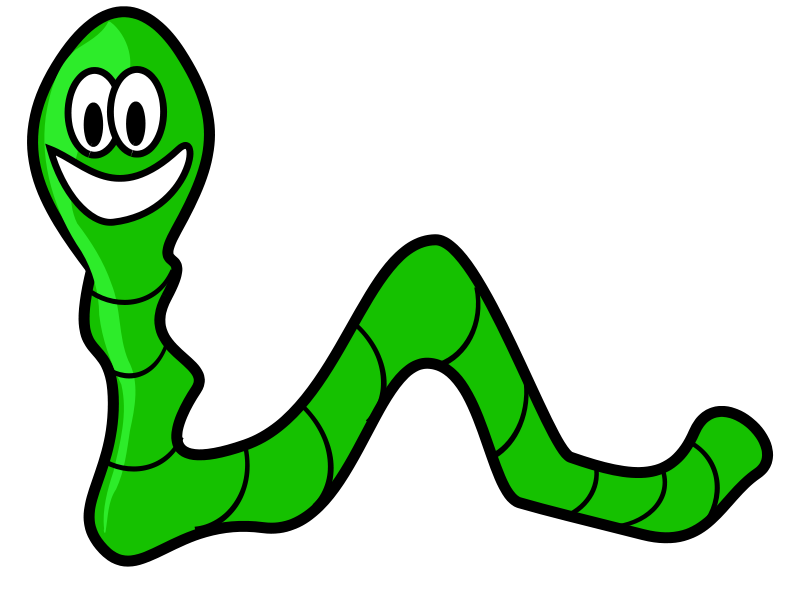What Are the Different Intestinal Parasites
A parasite lives at the expense of another organism from which it draws its energy and nutrients. Some live in our intestine… How to detect intestinal parasites? What are the symptoms?
Intestinal parasites: what are they?
Intestinal parasites are organisms (most often worms) that grow and reproduce in the intestine.
Intestinal worms enter the human body through the mouth.
They exist in several forms: round (nematodes) or flat (platodes).
Their size ranges from a few millimetres to several meters.
A deworming treatment can eliminate them.
What are the different intestinal parasites?
There are several types of intestinal parasites. The most common are pinworm, tapeworm, roundworm, whipworm.
They differ in their form, the symptoms they cause and their mode of contamination.
Pinworm (Enterobius vermicularis)
The pinworm is a round white worm measuring between 5 and 10 millimetres.
It generally causes no symptoms, but some people may still experience itching around the anus where the females lay their eggs.
It most often infects children, who spread the eggs through contact.
Infected children may be irritable and have a restless sleep.
Eggs can survive on clothing, hands or sheets.
Good to know: If an infected child scratches his or her anus and doesn’t wash his or her hands properly, it is easily spread by touching another child who will, in turn, become infected by putting his or her fingers in his or her mouth.
Tapeworm, also known as tapeworm or taenia

Its characteristics:
– flatworm that can measure up to 10 meters long can live 30 to 40 years.
– has the appearance of a ribbon.
– it is caused by eating meat infected by live larvae when beef or pork is undercooked or raw.
For example:
– Taenia saginata, or tapeworm, is transmitted by beef. It develops only in the intestine and generally causes abnormal and exceptionally rapid weight loss.
– Taenia solium (pig tapeworm), or armoured tapeworm, is transmitted by pigs. It can migrate from the digestive tract to the muscles, skin, eyes and brain, causing severe disease, cysticercosis. Besides, it is a notable cause of epilepsy in some underdeveloped countries.
Contamination
The tapeworm is not transmitted from man to man because the parasite needs an “intermediate host,” mainly beef or pork. Animals ingest the larvae present on the plants they consume. They then develop the larvae in their muscles (the meat), and humans become infected by eating the raw or undercooked meat.
The life of the tapeworm in the human intestine
After ingestion, the tapeworm larvae attach to the small intestine wall with a tiny head with 4 suction cups. It grows gradually by feeding on food ingested by humans. In 3 months, the worm becomes an adult and can reproduce. Its body is a long ribbon that can reach 4 to 10 meters, forming rings. And the end of these rings contains the eggs. They detach to migrate in the colon and are expelled with the stool.
Ascaris
Ascaris is a large roundworm that causes ascariasis:
It can be found in vegetables.
The larvae develop in the digestive tract, migrate to the lungs, ascend into the bronchial tubes and return to the digestive tract where they become adults.
Infected people may have a variety of symptoms:
Respiratory symptoms (cough, fever);
digestive signs (abdominal pain, nausea);
loss of appetite.
Trichocephale
The whipworm is a roundworm that causes whipworm disease:
It contaminates the man who ingests its eggs via polluted water present on badly washed raw vegetables or hands soiled with earth.
The eggs release the larvae in the stomach. They become adults in the intestine.
The disease can cause abdominal pain and diarrhea but is usually asymptomatic.
That’s it for the different intestinal parasites. This post should not make you afraid of worms but help you face the realities of life. They are present mostly in underdeveloped countries, so if you are going on holiday there, please, pay attention to what you are eating. Stay safe!



